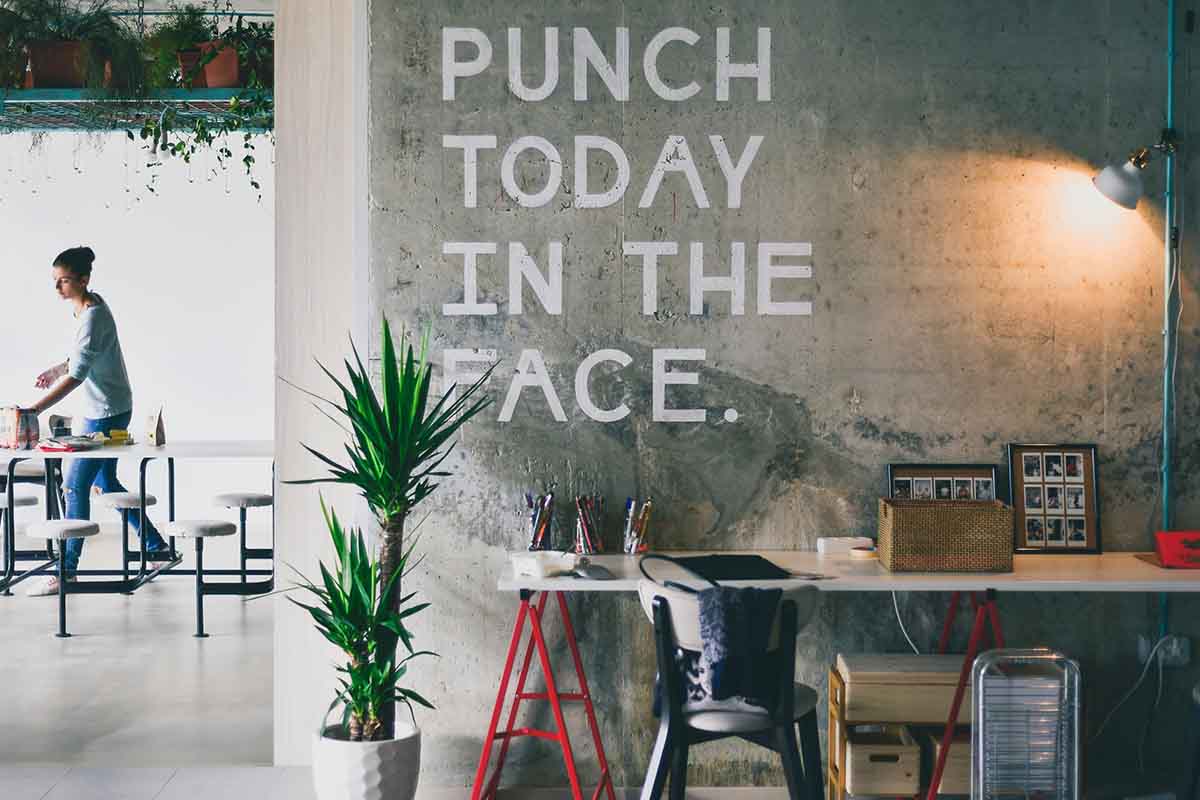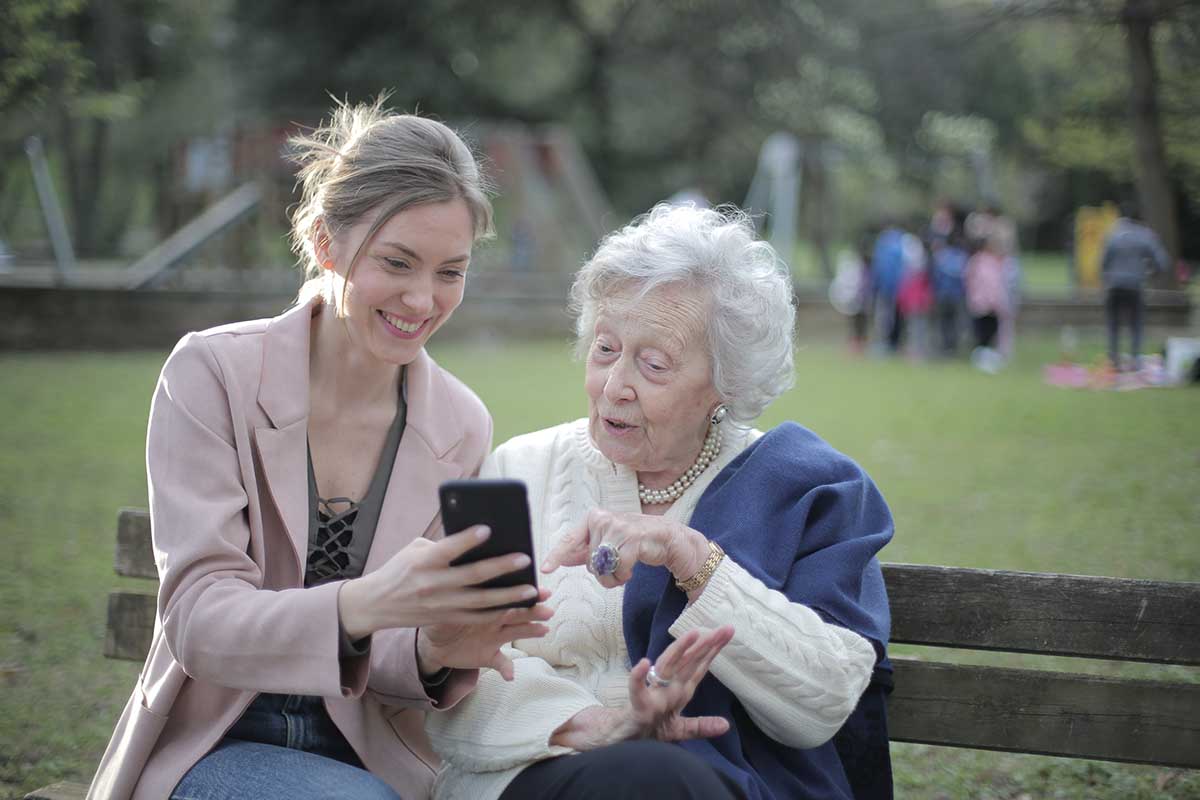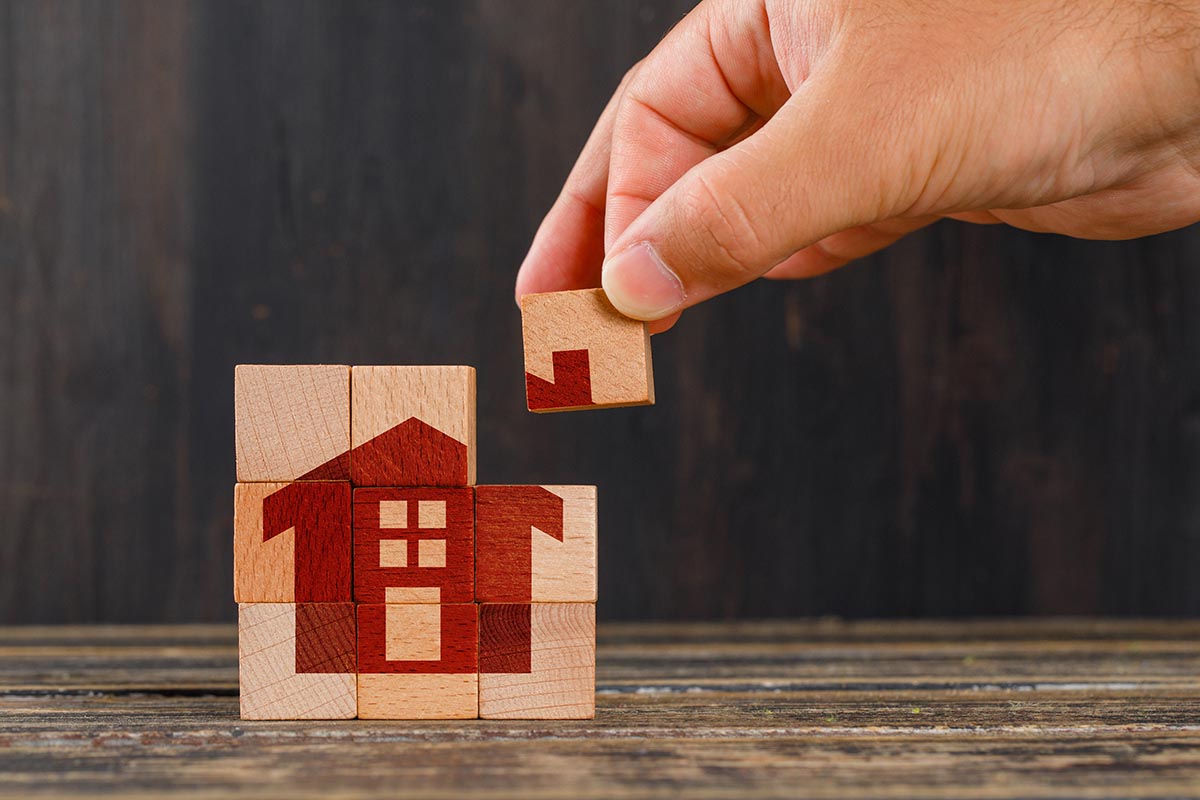How Offices Evolved To Beat The Work-From-Home Frenzy
Working from home hit its zenith in 2021 with almost half of people saying they worked away from the office full or part-time. Since then, there’s been a return to normality, although offices are still struggling to get people to show up.
Consequently, working spaces have had to evolve. Employees are no longer content to show up to a cubicle, sit down, and get on with the grunt work. Companies have to give them something in exchange.
So, what’s been happening in the office space? How have things been evolving, and what does it mean for the long term?
Let’s take a look:
Wellness Prioritization
While some companies still believe in making their staff put in 12-hour days with nothing but some water and a crust of bread to keep them going, most are seeing the light. Many firms now recognize you can’t get more out of people by pushing them harder. You also have to support them to be productive.
That’s where the latest wellness prioritization craze comes into the picture. Offices are turning into spas as they try to attract the most talented individuals and get them to stick around.
Many workplaces now have onsite meditation rooms, yoga studios, and healthy eating spaces. Vending services are adapting to provide fruits and vegetables while wellness mentors are coming onsite to deliver training and stress management classes during lunch breaks.
Technology Integration
The drive for technology integration is part of the evolution from the old offices of 2019 and before. Companies are equipping offices with tools to enable high-level collaboration and video conferencing, making it simpler for people to be productive away from their on-site desks.
AI also plays a role in this process. Machine learning is enabling more advanced transcribing, allowing businesses to capture the minutes of the meeting without having someone there writing them down. Interactive whiteboards, directional microphones, and sound insulation that can blot out the noise coming through the walls of buildings are adding to the remote capacity for team meetings.
Flexible Working Hours
The rigid working hours of the past are also becoming obsolete in these new offices. Many serviced buildings allow workers to show up at any time of the day or night, seven days a week, giving them the space they need to deal with “life stuff” whenever it comes up.
It’s rare, for example, for a company to tell an employee that they need to be in the office between 9 and 5. It’s even rarer for an organization offering remote arrangements to demand colleagues are online at certain hours of the day.
Whether this situation will change remains to be seen, but right now, the ball is very much in the workers’ court.
Social Experiences
Lastly, modern offices are becoming a place to facilitate more social experiences. Company leaders recognize that its function involves developing ideas rather than grinding through paperwork.
For this reason, offices are seeing an expansion of “break out” rooms and games spaces. These facilities let people share ideas when they’re in the office and then get on with the solo work once they get home.




















